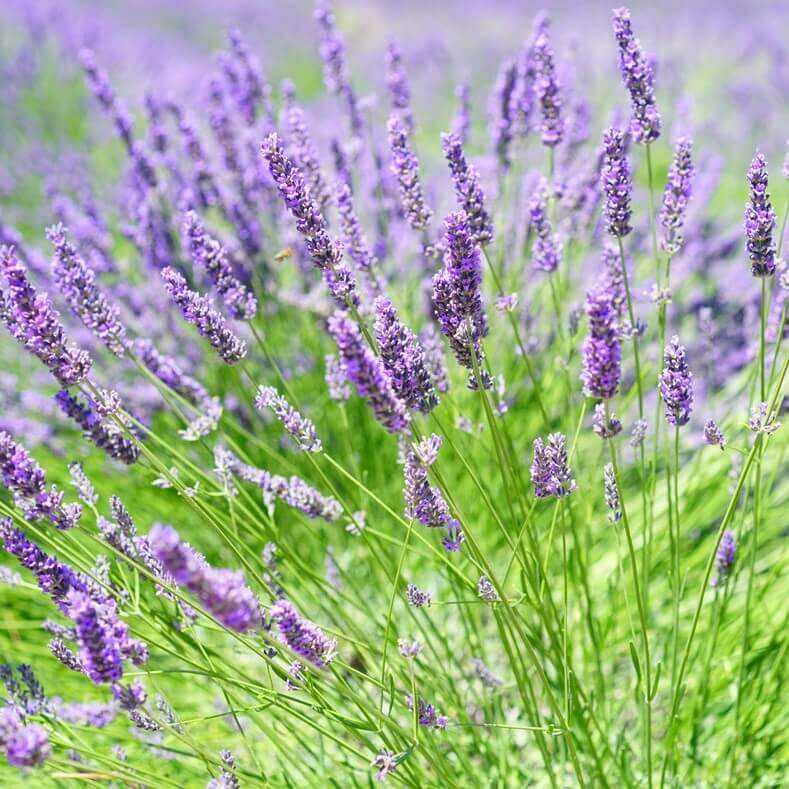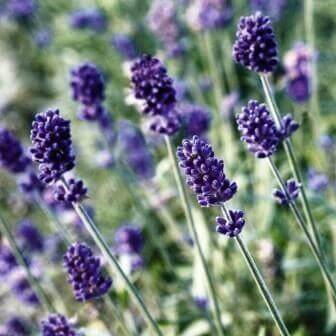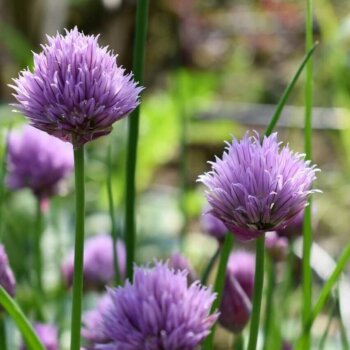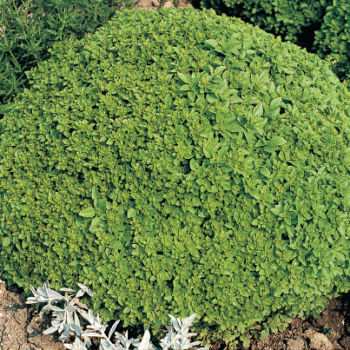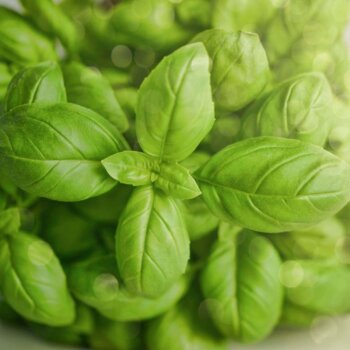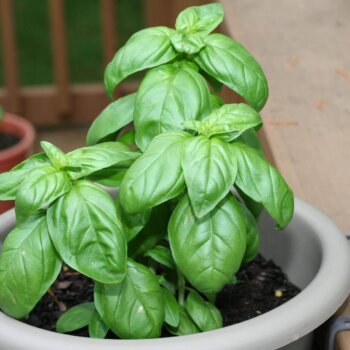Description
Lavender Seeds 3060. Heirloom Herb.
Approx. 160 seeds/pkt (800 seeds/gram)
Lavender seeds are a Mediterranean native that grow as a short, shrubby, multi-stemmed herb. Lavender seeds, once established, will do best in full sun with well-drained soil. As almost everyone knows, the flowers are dried and used in sachets and potpourris and the foliage, when disturbed, produces a wonderfully fragrant addition to any garden. The flowers provide a very important food source for bees.
Lavender is a relatively short-lived perennial in Zone 6 and up. In Zone 5, winter protection is recommended – especially where winter snow cover would be considered unreliable. Below Zone 5, lavender can be grown as an annual. In these marginal zones, we suggest experimenting with growing lavender as a container plant. At the end of the season, move it to a wind-and sun-sheltered site in a garage or shed for overwintering.
How to Grow
Sow seed 3 mm (1/8″) deep and 2.5 cm (1″) apart directly outdoors in a sunny site with well-drained soil in late May or in late August/early September in Zone 5 and up. Thin plants to 30 cm (12″) apart in the garden. Seed can also be started indoors in a soil-less mix 10 weeks before last frost date. Keep at 21 C (70 F) for the 14-30 day germination period, then grow on at a slightly cooler temperature before hardening off and transplanting outside after the danger of frost has passed. Please keep in mind that seed germination can be erratic. If you find the seeds dormant, try five weeks cold stratification at 4 C (40 F). Plants raised from seed are slightly variable in form and perfume. Select favoured plants for clonal (vegetative) propagation. Plants will need some winter protection at the northern end of its range. When pruning back dead wood, cut slightly into the living wood, towards the main stem. Prune up to a third of the plant away after flowering. Try rooted cuttings, root division and layering. Take stem cuttings in summer from non-flowering shoots and root in damp peat moss medium. Over winter rooted cuttings in the cold-frame or a well ventilated indoor space in colder winter climates. Try layering in harsh climates. Transplanting divided roots in the fall works well in mild winter climates (Zones 7, 8). Hardy to Zone 5 with protection.

